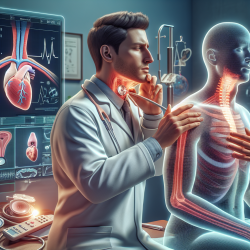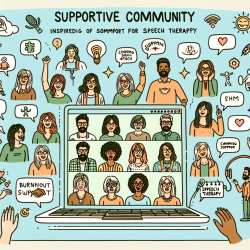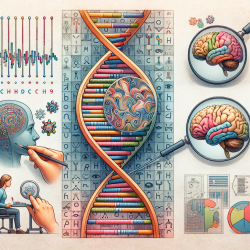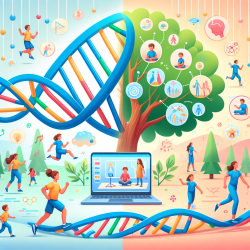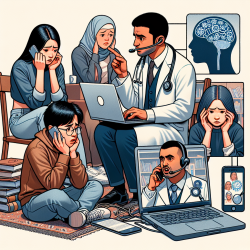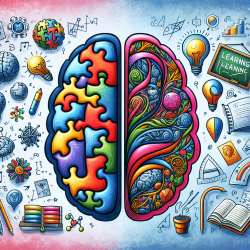Introduction
The integration of advanced medical devices such as the Left Ventricular Assist Device (LVAD) in patients with end-stage heart failure has significantly improved survival rates and quality of life. However, the presence of such devices can introduce complex clinical challenges, including less recognized conditions like Hyoid Bone Syndrome (HBS). A recent case report by Bordoni and Escher highlights the first known instance of HBS in an LVAD patient, successfully treated with an osteopathic approach. This blog explores the implications of this case for practitioners, emphasizing the importance of interdisciplinary approaches and further research.
Understanding Hyoid Bone Syndrome in LVAD Patients
Hyoid Bone Syndrome is characterized by pain originating from the hyoid bone, often radiating to the neck, face, and shoulders. In the reported case, the patient experienced significant pain in these areas, alongside difficulties in swallowing and neck movement. The pain was attributed to inflammation at the attachment of the stylohyoid ligament and/or the middle pharyngeal constrictor muscle to the hyoid bone.
What makes this case particularly noteworthy is the successful application of Osteopathic Manipulative Medicine (OMM), specifically a technique known as "unwinding," applied to the tongue. This approach resolved the patient's symptoms, suggesting a novel, non-invasive treatment pathway for HBS in LVAD patients.
Clinical Implications and Recommendations
For practitioners, this case underscores the importance of considering oropharyngeal dysfunctions in patients with LVADs, which are often overlooked in favor of more common complications like gastrointestinal bleeding or infections. The findings advocate for a more holistic approach to patient care, integrating osteopathic techniques with conventional medical treatments.
Here are some practical steps practitioners can take:
- Incorporate Osteopathic Evaluations: Consider osteopathic assessments for LVAD patients presenting with non-specific pain symptoms, particularly in the neck and facial areas.
- Interdisciplinary Collaboration: Work closely with osteopaths and speech therapists to address potential oropharyngeal issues early, potentially improving patient outcomes.
- Encourage Further Research: Support and participate in research initiatives aimed at understanding the underlying mechanisms of HBS and the efficacy of osteopathic treatments in LVAD patients.
Future Directions
While this case provides valuable insights, it also raises several questions. The exact pathophysiology of HBS in the context of LVADs remains unclear, necessitating further research. Additionally, the broader application of osteopathic techniques in managing similar syndromes could be explored.
Practitioners are encouraged to remain open to interdisciplinary approaches and to consider the potential benefits of incorporating osteopathic manipulative treatments into their practice. By doing so, they can enhance their ability to manage complex cases and improve patient care.
Conclusion
The case of Hyoid Bone Syndrome in an LVAD patient highlights the need for comprehensive care strategies that include osteopathic techniques. As healthcare providers, we must remain vigilant and adaptable, integrating new findings into our practice to offer the best possible outcomes for our patients.
To read the original research paper, please follow this link: Hyoid Bone Syndrome in a Patient Undergoing Left Ventricular Assist Device Implantation.
